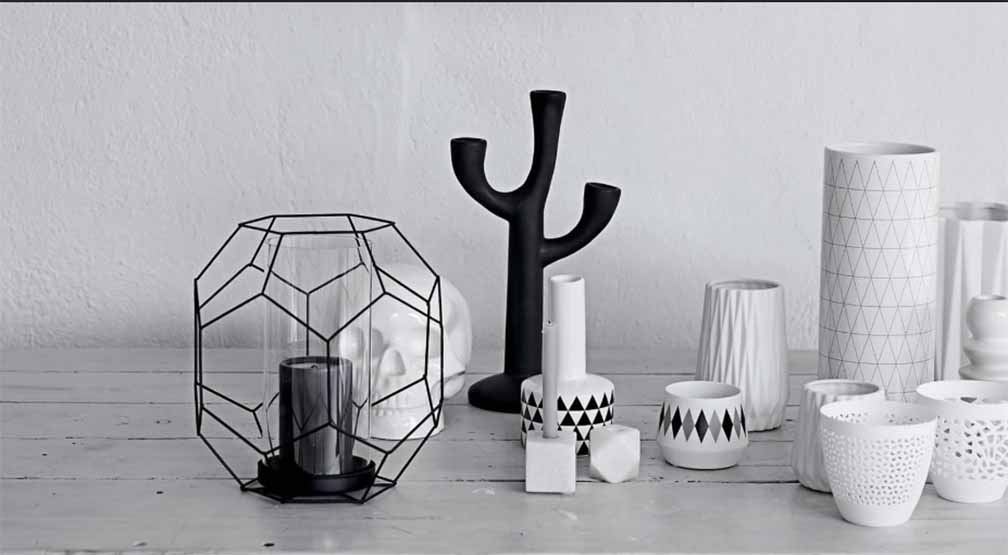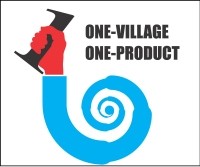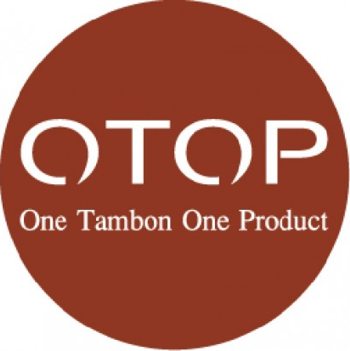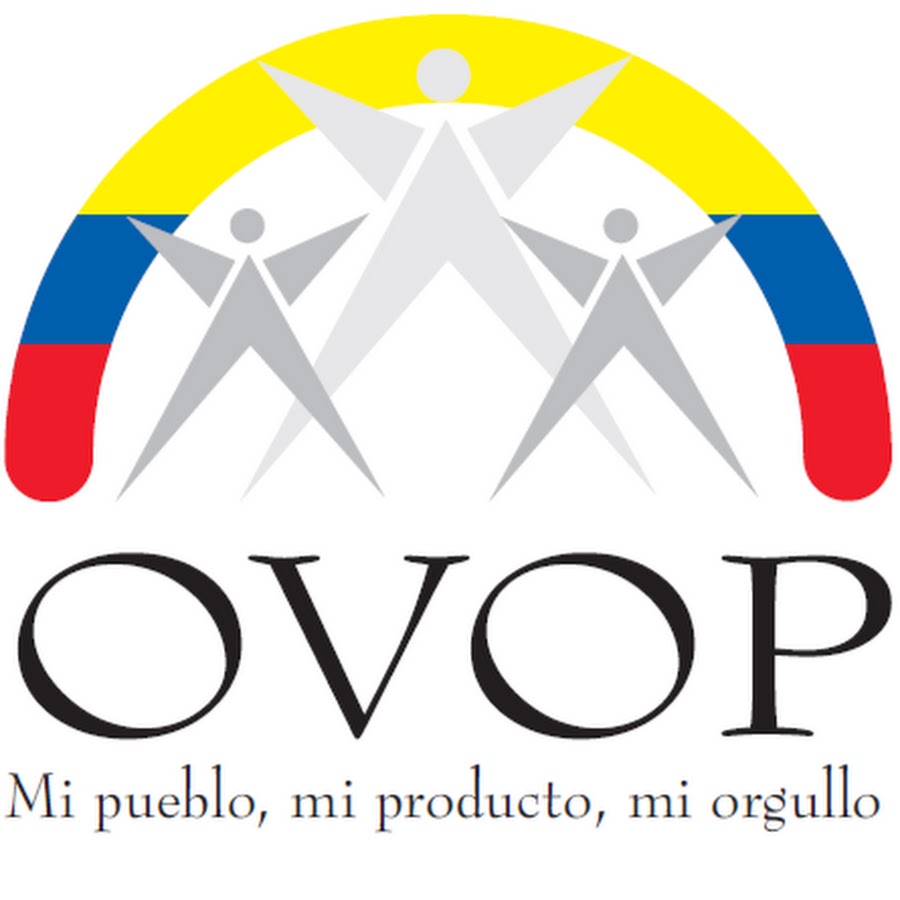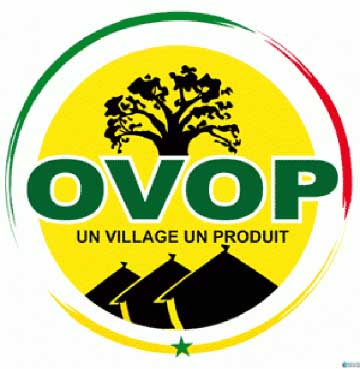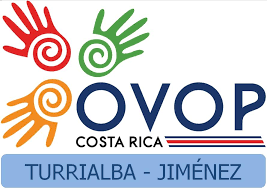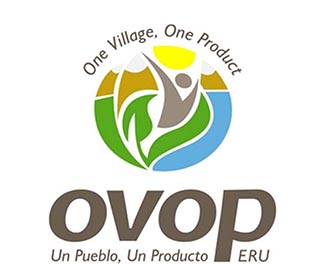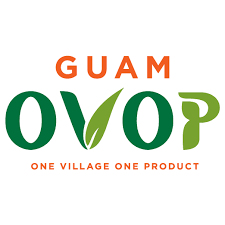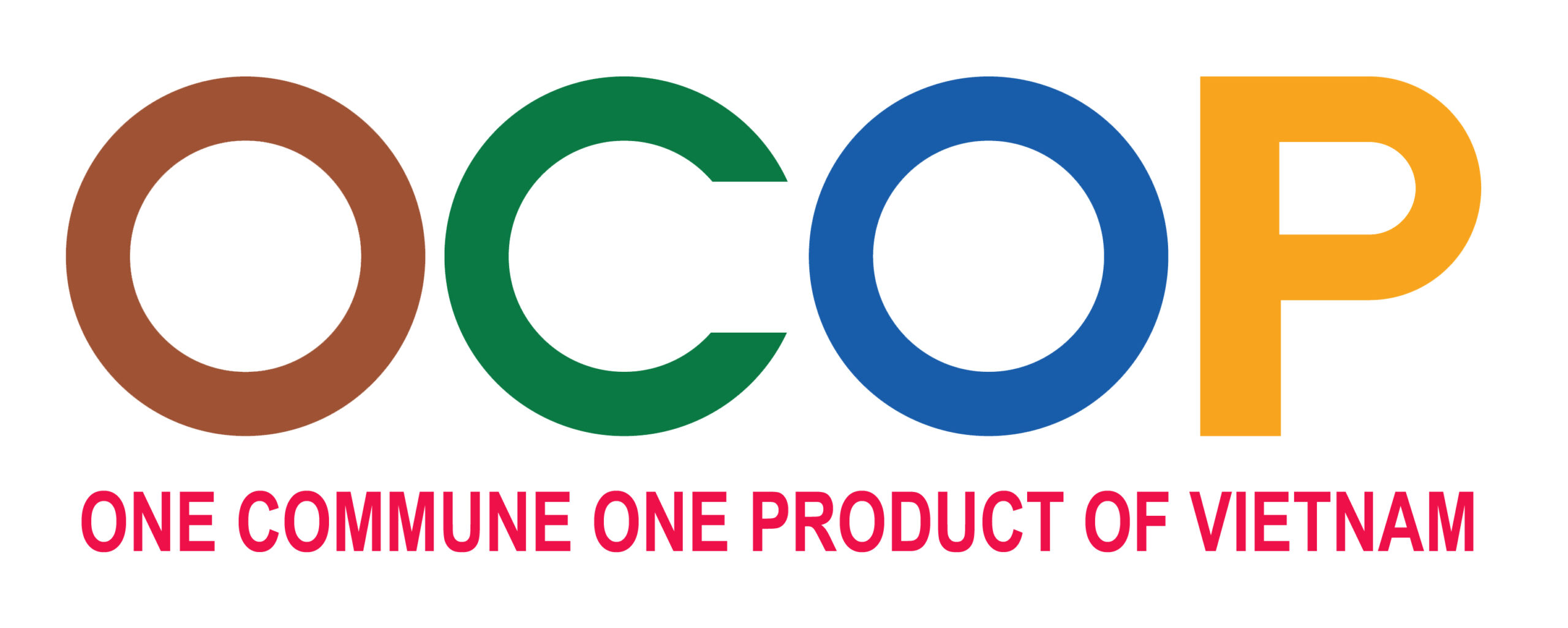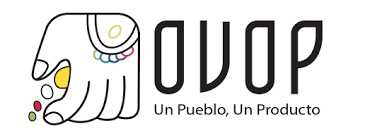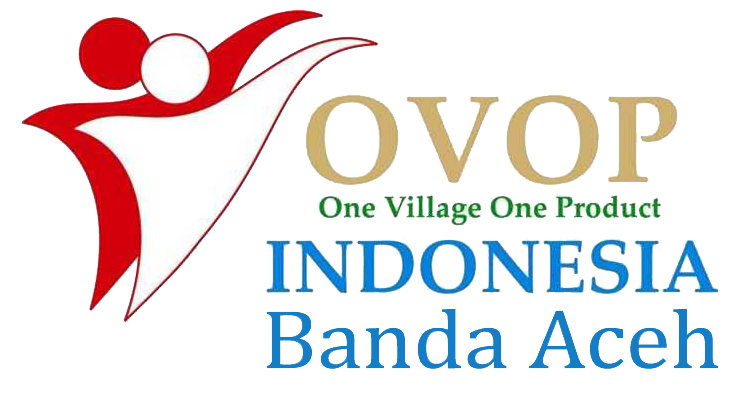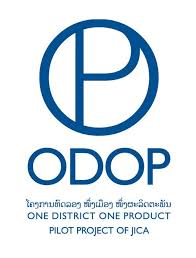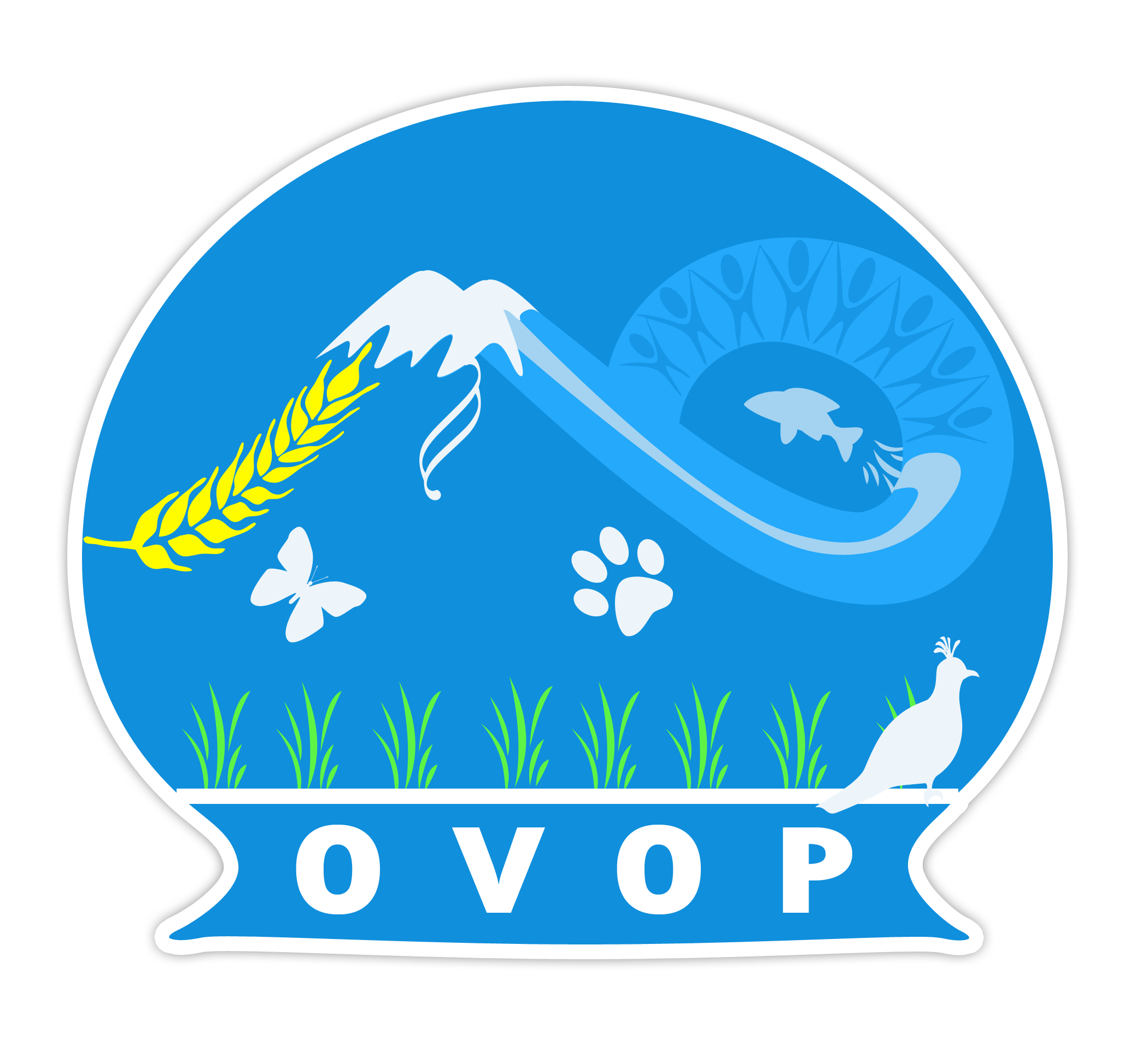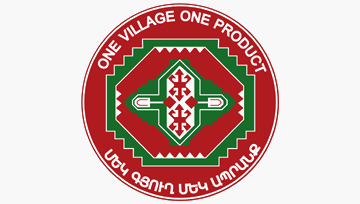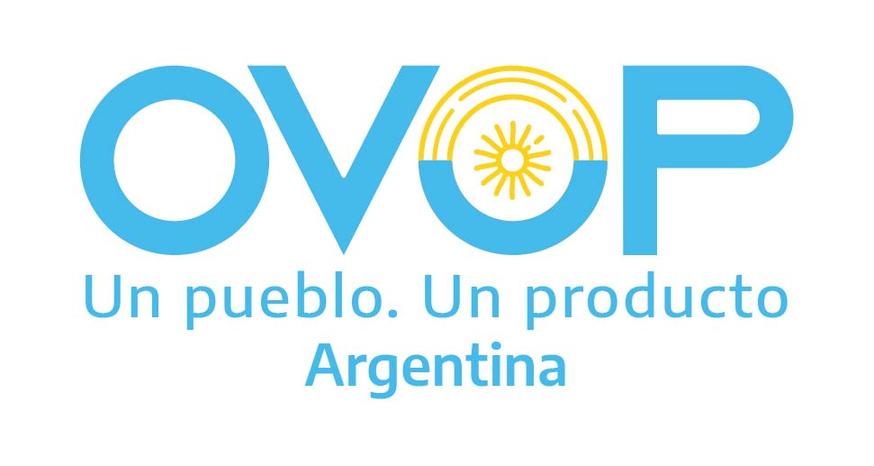In coming years, we can expect changes in the social patterns of EU, with a rising middle class in Eastern European countries, the growing importance of CSR- certified products (Corporate Social Responsibility) and more demand for personalized/simplified as well as products with a soul. Vietnamese exporters will have to keep informed and adapt as these changes will still offer good opportunities for them.
The following review of key market trends in the EU home decoration and textiles sector, considering the economic, social and environmental levels, will help exporters to prepare for future export opportunities and devise report marketing strategies accordingly.
Oversupply
The first foreseeable market trend is an oversupply of products. This would result from too many products being offered on an already satisfied market which, to make things worse, has entered into an economic recession.
This leads to consumer ‘suffocation’ as many of the same products are being presented. Of course, younger people still expect regular changes in the product collections, but nevertheless there is decreasing consumer interest, which means falling sales. The market reaction to an oversupply of products is more price competition and a pressure on margins, which can even lead some companies to bankruptcy. On the demand side, consumers want a simplification of their choices and better quality. This calls for simplified products that last longer. Next,, consumers want to decide their own styles, contrary to retailers’ standardized offers. Consumer decisions will be more emotional and less rational. This implies that there is a need for: personalized products with a higher emotional value,, products with a heritage or pedigree and customized products.
Consumers react in two ways to an oversupply of products. Some want to go back to their younger years and cultivate nostalgia for the 50’s, 60’s, 70’s and 80’s. They also want to live at a slower pace. Others react by going back to simplicity and durability. This implies a growing need for more modest and comfortable products with high quality and longer usage. It also implies that there is a greater demand for information about the conditions of production and for price transparency.
The Vietnamese exporter should be prepared to respond by recognizing that comfort and functionality remain essential requirements in home decoration and textiles, especially among less affluent consumers.. So, in order to keep up with these trends, exporters should introduce simplified products with a timeless design or create their own focused identity by a telling a ‘story’, creating a ‘vision’ or ’atmosphere’. This will appeal to people who share their ideas, who appreciate their artistic culture and originality or empathize with Vietnam.
The second reason for oversupply is the recession. Europe is still in an economic and financial crisis. People are not sure about their future anymore as unemployment rates rise and the position of the Euro is unpredictable. This ongoing recession leads to rising poverty that is widening the gap between the rich and the poor. This means that poor people will be less able to move to new houses and will have to make their existing home decoration and textiles last longer. If consumers buy new products, they will be very price-conscious and most likely will prefer private labels. The growing insecurity about the future will lead to more interest in emotional products and products with a soul. Products with a soul are a reaction to the mass production coming from e.g. China.
The recession also creates new opportunities for Vietnamese exporters, such as devoting more attention to products with a soul, product branding, personalization and customization. Exporters should try to concentrate on creating cultural products integrating (blending) deep values from their region or village into their design. Or otherwise they should improve the efficiency of their production process to save costs and lower prices in order to meet the lower budgets of poorer consumers..
The Social Context Is Changing
Another market trend in the home decoration and textile sector is linked to the changing social context. There are four main reasons for these changes.
First, the higher educational level of girls as well as boys will result in more ‘female products’, a growing middle class and the greater importance of CSR and equity (fairness). Second, ageing of the population leads to smaller households, more specific needs for home textiles, for example in comfort, size or functionality and more B-to-B opportunities (contract markets). Third, , urbanization, like the ageing of population, will result in more smaller households, a diversity in styles and a rising number of immigrants. Last, the spread of Internet and social media will result in a growing need for foreign or overseas products, but also for more convenient and comfortable products because of a busier style of life in the information age.
These reasons have consequences and effects on the market for home decoration and textiles, such as increasing demand for smaller products because of smaller households, diversification of products because of urbanization and more organic products because of the changing social context. For a Vietnamese exporter, these changes in demand will create new export opportunities.
Climate Change
Finally, climate change is an important new trend. The first main reason for adapting products to climate change is the ecological footprint. Ecological footprints will become more demanding on the ecosystems, which will result in the reduction of unnecessary transport movements and the increase of the usage of local products. To produce local, to sell local will be increasingly regarded as the alternative. Consumers in Europe are focussing on eco-friendly products. Certifications, labelling concerning countries of origin and eco-labeling will be essential attributes of a product.. Labelling and certification schemes such as the EU Eco-Management and Audit Scheme (EMAS), CE (European Conformity) and European Eco-label will enhance the credibility of exported products and make counterfeiting more difficult.
The second reason for adapting products to European requirements is the growing energy shortage. As energy sources become scarcer and less able to match the bigger needs of industrialization, there will be consequences on national and international regulations. Exporters should follow developments in EU environmental regulations by accessing CBI (Dutch Centre for the promotion of imports from developing countries) website www.cbi.eu/market info. CBI can also be contacted for assistance on the EU legislation in the home decoration and textile sector. Similarly, making the production process more efficient through innovation may also help Vietnamese exporters to adapt to this change.
The last reason for adapting products to European market trends is the need for more comfort by the consumers. The consequences of climate change will have an impact on the weather and this will have an impact on the level of comfort in home and furnishing textiles. You can adapt to this change by, for example, using recyclable material or consider innovating.
In Summary
For the several reasons mentioned above, the home and furnishing textile market in Europe is changing. Even though the changing social environment, oversupply and climate change are new trends affecting the European market, they also create new export opportunities. You may learn more about your market sector in Europe by visiting CBI website (www.cbi. eu/market intelligence). There you will find information about European markets in different product sectors. CBI regularly posts new information so you will always find up to date market and trade information.






